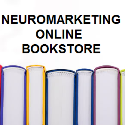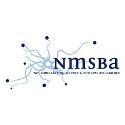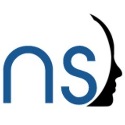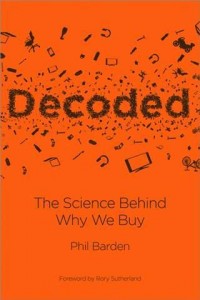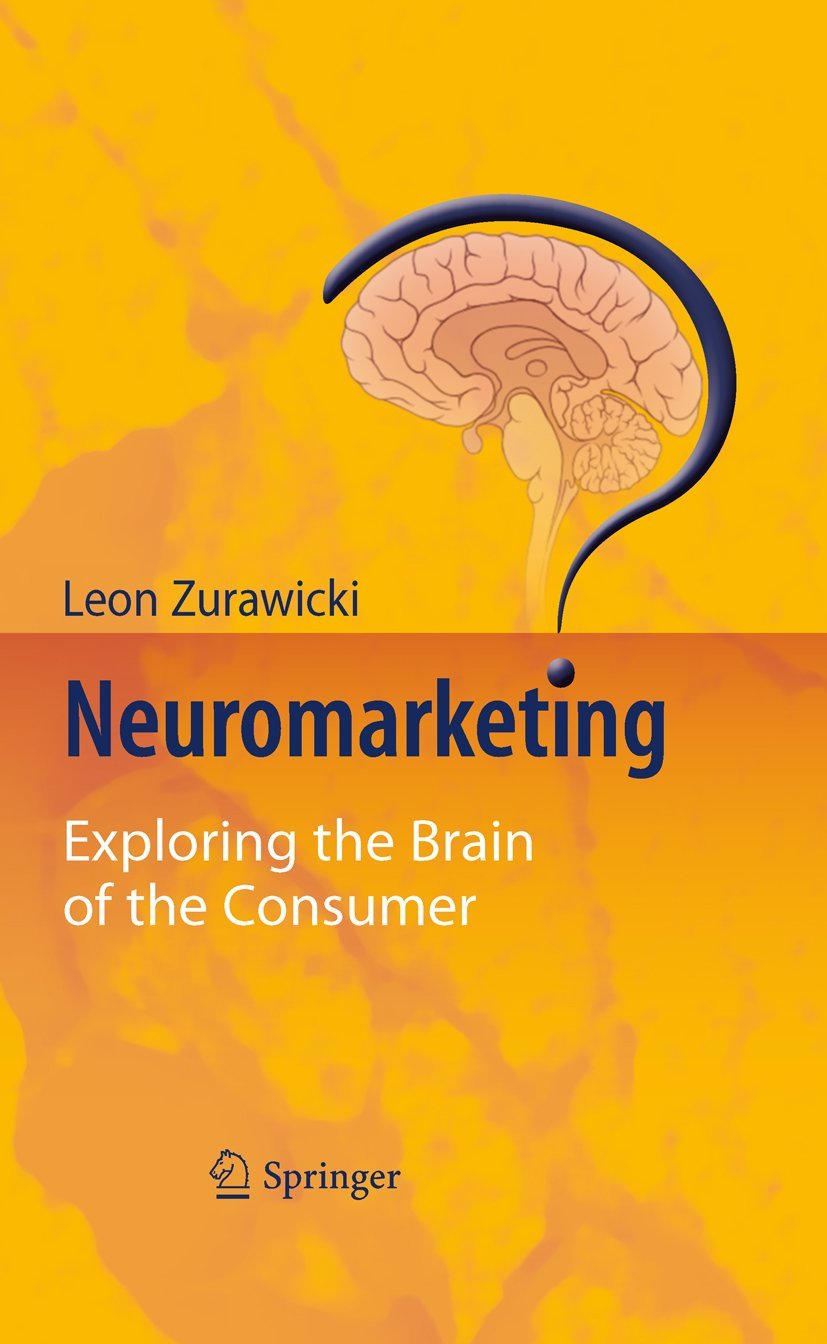Neuroscience in practice
The article “Neuroscience in Practice” was published this month by Thom Noble (CEO of NeuroStrata) in AdMap, and it identifies how neuroscience can be used in order to improve the accuracy and quality of market research. In 18 pages, the author and his collaborators for this article (Dr Michael Smith; Prof. Gemma Calvert, Neurosense; Ron Wright, Sands Research; Dr. Cristina de Balanzó, Walnut; Dr. Pippa Bailey, MMR; Mathias Plank, EyeTrackShop; Mihkel Jaatma, Realeyes; Dr. Carl Marci, Innerscope; Phil Barden, Decode; Duncan Smith, MindLab International) develop an overview the main tools used in neuromarketing research and what kind of insight can each of them deliver, by presenting case studies.
The author grouped the differing techniques into three main approaches: NeuroMetric (Brain or Neural response), BioMetric (Biological or Physiological response) and PsychoMetric (Psychological or Implicit response). Each method can provide fresh and highly valuable insights into what drives perception and behaviour. Here is an preview from the article about EEG, the most popular technique deployed in neuromarketing research (it records direct and immediate electrical activity generated as a result of neurons firing) and used in early stage ideation, brand proposition refinement, product and packaging design, all forms of advertising and comms creation, and activation work, including in-store and online evaluations. They can include multisensory assessments, e.g. fragrance, tactile and taste optimisation and experiential analysis.
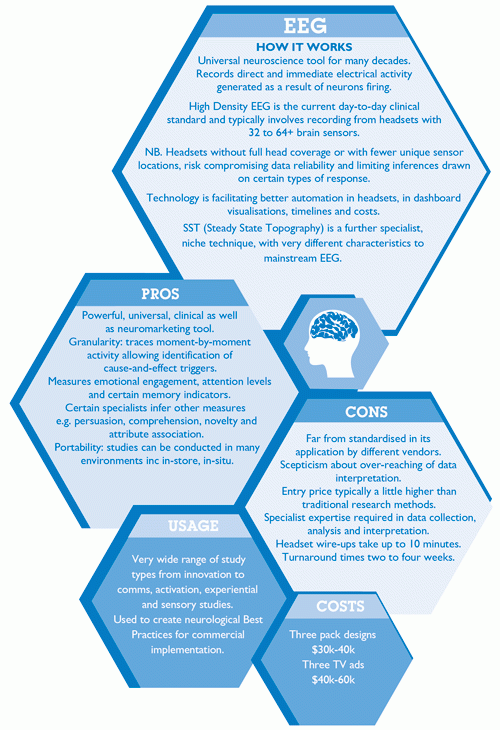
Reproduced from Admap with permission. © Copyright Warc. www.warc.com/admap
The author distinguishes a a strong disinclination for neuro-marketers to share their findings via open academic peer-review. Their learnings hypotheses and validations remain internal and proprietary and thereby help boost the IP of the company, and this might explain some of the disconnects and diverging opinion about neuromarketing. In assessing vendors in this area, Thom Noble presents three key criteria to be evaluated:
- The calibre and integrity of science teams underpinning study design algorithms and metrics.
- The sophistication of technology and processes for data collection.
- The degree of experience in interpretation and application to marketing activity.

